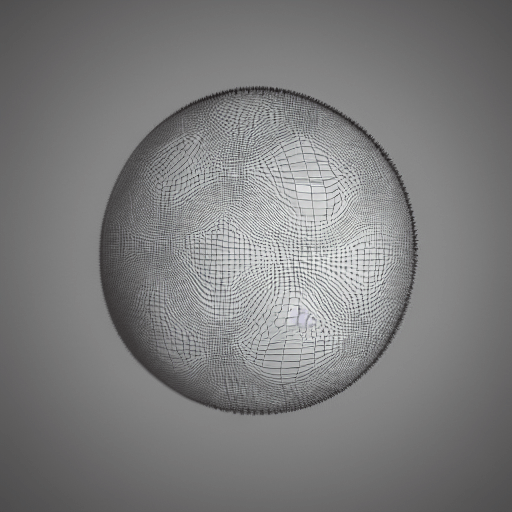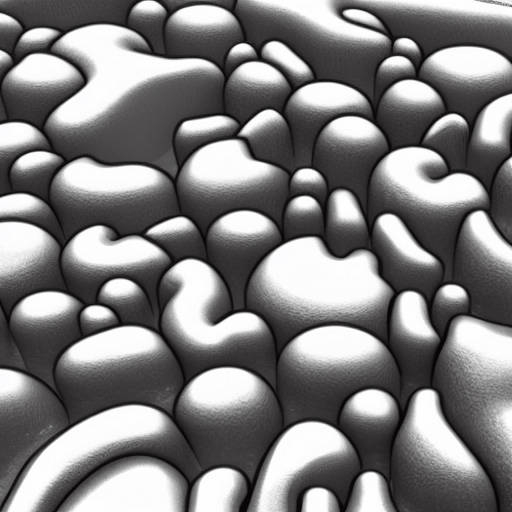How do organisms form carbon films?
How does this process differ from one type of organism to another?
In today’s class, we’re going to review the different methods by which organisms produce carbon films and discuss some of the benefits and drawbacks of each approach.

Carbon films are produced when organisms decay.
When an organism dies, its body starts to decompose and break down into smaller pieces.
Over time, these pieces become carbon-based substances like coal and oil.
This process can take millions of years, but eventually, some of the carbon from the dead organism will be turned into a film.
What are carbon films?
Carbon films are very thin layers of carbon that are just a few atoms thick. Because they are so thin, they can be used to coat other materials and change their properties. For example, carbon films can be used to make materials stronger, harder, or more heat resistant.
They can also be used to change the way a material conducts electricity or interacts with light.
In some cases, carbon films can even be used to create new materials that would not be possible without them.
How do organisms form carbon films?
Carbon is a versatile element that can be found in a variety of forms in nature.
One of the most common forms is carbon dioxide, which is released into the atmosphere by organisms during respiration.
- Plants use sunlight to convert carbon dioxide into glucose and other organic compounds, which are then used for growth and reproduction.
- When plants die, their remains are broken down by bacteria and fungi, releasing carbon dioxide back into the atmosphere.

However, some of the carbon atoms from plant material can become trapped in sedimentary rock, where they remain for millions of years.
Over time, these atoms can form coal, oil, and natural gas deposits.
When these deposits are burned for energy, the carbon molecules are released back into the atmosphere as carbon dioxide.
Thus, the cycle of life on Earth is responsible for the formation of carbon films.
Films made from carbon are used in a variety of applications, including medical implants and water filtration systems. The unique properties of carbon make it an ideal material for a wide range of uses.
The different methods by which organisms form carbon films

Carbon films can be formed in a variety of ways, depending on the organism in question. For example, some bacteria secrete carbonaceous substances that adhere to surfaces and form a thin film.
Learn about the fascinating connection between air chambers and carbon film formation below.
This process is known as biofilm formation.
Other methods of carbon film formation include physical vapor deposition (PVD) and chemical vapor deposition (CVD). In PVD, a substrate is placed in a chamber with a carbon-containing gas, and the gas is heated until it breaks down into small carbon molecules.
These molecules then settle on the surface of the substrate, forming a film.
CVD is similar to PVD, but it involves applying a chemical precursor to the substrate rather than using a physical vapor.
This helps to create a more uniform film.
Carbon films can also be formed via electrochemical methods or by using lasers.
Each of these methods has its own advantages and disadvantages, so it is important to select the right method for the desired application.
The benefits and drawbacks of each method of carbon film formation

Carbon film formation is the process of applying a thin film of carbon to a substrate.
- This can be done through several methods, each with its own advantages and disadvantages. One common method is chemical vapor deposition, which involves using gas to deposit carbon onto the substrate.
- This process is highly controlled, making it ideal for creating thin, uniform films. However, it is also expensive and requires special equipment.
- Another popular method is sputter deposition, which uses an electrical charge to remove carbon atoms from a target and transfer them to the substrate.
This process is less expensive and more scalable than chemical vapor deposition, but it can be less precise and may produce films with imperfections. Ultimately, the best method of carbon film formation depends on the specific needs of the application.
How does the process of carbon film formation differ from one type of organism to another?
The process of carbon film formation is a way for organisms to create a protective barrier against environmental stressors.
The film is made up of organic matter that is secreted by the organism and then deposited on the surface of the body.
Different types of organisms use different methods to create their carbon films.
For example, some organisms secrete the film directly from their bodies, while others first create a template out of inorganic material before depositing the organic matter.
The type of organic matter used also varies, with some organisms using carbohydrates, lipids, or proteins.
In addition, the thickness and composition of the carbon films can also differ, depending on the needs of the organism.
As a result, the process of carbon film formation is highly variable, depending on the specific requirements of the organism.
What is the future of carbon films and how will they be used in organisms?
Carbon films have a wide range of applications in both industry and medicine.
In industry, they are used in manufacturing processes such as electron beam vapor deposition.
They can also be used to coat metal surfaces, improve the durability of tooling, and reduce friction.
In medicine, carbon films are used in implants and prostheses, as well as in medical devices such as artificial joints and stents.
They are also being investigated for use in tissue engineering and regenerative medicine.
The future of carbon films is likely to be even more diverse, as new applications are developed for this versatile material.
Carbon films will continue to play an important role in both industry and medicine, helping to improve the performance of a wide range of products and devices.
So, although we don’t realize it, every time we breathe in oxygen, we’re actually breathing in air that was once part of a carbon film!
Article Sources
Jacks of Science sources the most authoritative, trustworthy, and highly recognized institutions for our article research. Learn more about our Editorial Teams process and diligence in verifying the accuracy of every article we publish.